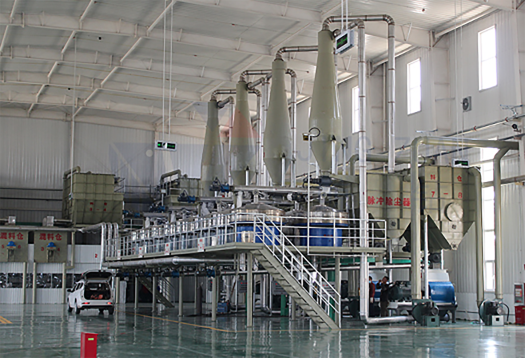
Dec . 04, 2024 12:08 Back to list
Understanding Redispersible Polymer Powders and Their Applications in Construction and Coatings
Understanding Redispersible Polymer Powder (RDP) Applications and Benefits
Redispersible polymer powders (RDPs) are versatile and essential additives used in construction materials, primarily in cement-based systems, such as tile adhesives, thin-set mortars, sealants, and more. These powders are derived from emulsions that undergo a drying process, resulting in fine, dry particles that can be easily dispersed in water. This article explores the typical applications, advantages, and the role of RDP in enhancing the performance of building materials.
The Science Behind RDPs
Redispersible polymer powders are primarily composed of various polymer types, including styrene-acrylate, ethylene-vinyl acetate (EVA), and polyvinyl acetate (PVA). When these powders are mixed with water, they reconstitute into a liquid polymeric emulsion, allowing for significant performance improvements in building materials. The ability of RDPs to revert to an emulsion form after being dried makes them invaluable for manufacturers seeking to improve product performance without compromising on powder handling, storage, and stability.
Key Applications
1. Tile Adhesives RDPs enhance the adhesion and flexibility of tile adhesives, allowing for stronger bonds to substrates. This is particularly important in environments subject to thermal expansion and contraction, where traditional cement-only mixes may crack or fail.
2. Mortars In thin-set and thick-bed mortars, RDPs improve workability, water retention, and overall tensile strength. This results in longer open times for adjustments and reduced shrinkage, which is crucial for large-format tiles.
3. Self-Leveling Compounds RDPs are used to improve the flow and leveling properties of self-leveling compounds, making them easier to apply and resulting in a smoother finish.
4. Plasters and Renders The addition of RDPs to plasters enhances their durability, water resistance, and adhesion to various substrates, as well as improving finish quality.
5. Sealants and Caulks In sealants, RDPs provide elasticity and tackiness, ensuring the sealant remains flexible and adherent over time, which is beneficial in areas exposed to moisture and movement.
redispersible polymer powder rdp

Benefits of Using RDPs
The incorporation of RDPs into construction materials presents several advantages
- Enhanced Adhesion RDPs significantly improve the adhesive properties of cement-based materials, allowing them to bond effectively to various substrates, including concrete, masonry, and drywall.
- Improved Flexibility The polymer composition endows materials with greater flexibility, which minimizes the risk of cracking and enhances the durability of installations under dynamic conditions.
- Increased Workability RDPs enhance the workability of mixtures, allowing easier application and manipulation during construction processes. Improved workability means that construction tasks can be completed more efficiently.
- Water Retention RDPs improve moisture retention in mixtures, allowing for longer working times before setting occurs. This is particularly beneficial in hot or windy conditions where evaporation can impact the performance of the mixture.
- Reduced Shrinkage By incorporating polymer additives, the shrinkage potential of cementitious materials can be reduced, leading to fewer cracks and a more stable final product.
Conclusion
In conclusion, redispersible polymer powders are an essential component in modern construction materials, offering numerous benefits that enhance performance, durability, and usability. As the construction industry continues to evolve, the demand for high-performance materials is increasing, and RDPs are at the forefront of this trend. Whether in tile adhesives, mortars, or sealants, RDPs contribute to the overall success of construction projects, helping to meet the diverse challenges presented by contemporary building practices. Understanding and leveraging the advantages of RDPs can lead to more efficient operations and superior end products in the construction sector.
-
Versatile Hpmc Uses in Different Industries
NewsJun.19,2025
-
Redispersible Powder's Role in Enhancing Durability of Construction Products
NewsJun.19,2025
-
Hydroxyethyl Cellulose Applications Driving Green Industrial Processes
NewsJun.19,2025
-
Exploring Different Redispersible Polymer Powder
NewsJun.19,2025
-
Choosing the Right Mortar Bonding Agent
NewsJun.19,2025
-
Applications and Significance of China Hpmc in Modern Industries
NewsJun.19,2025







